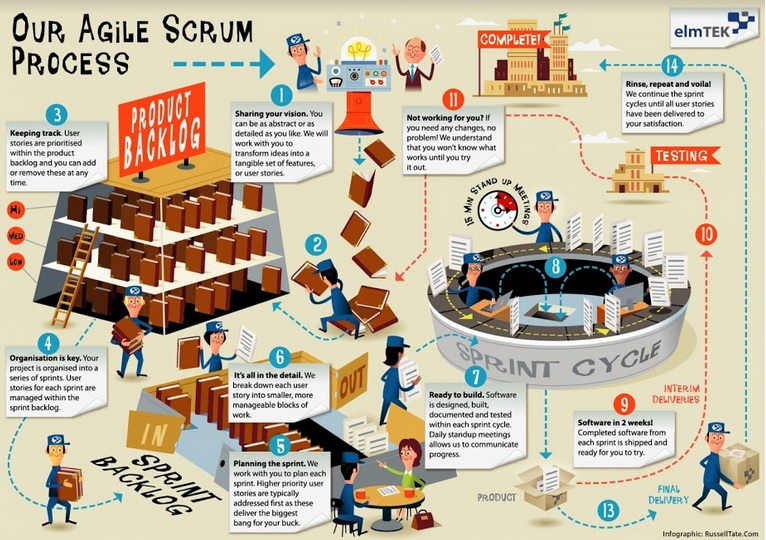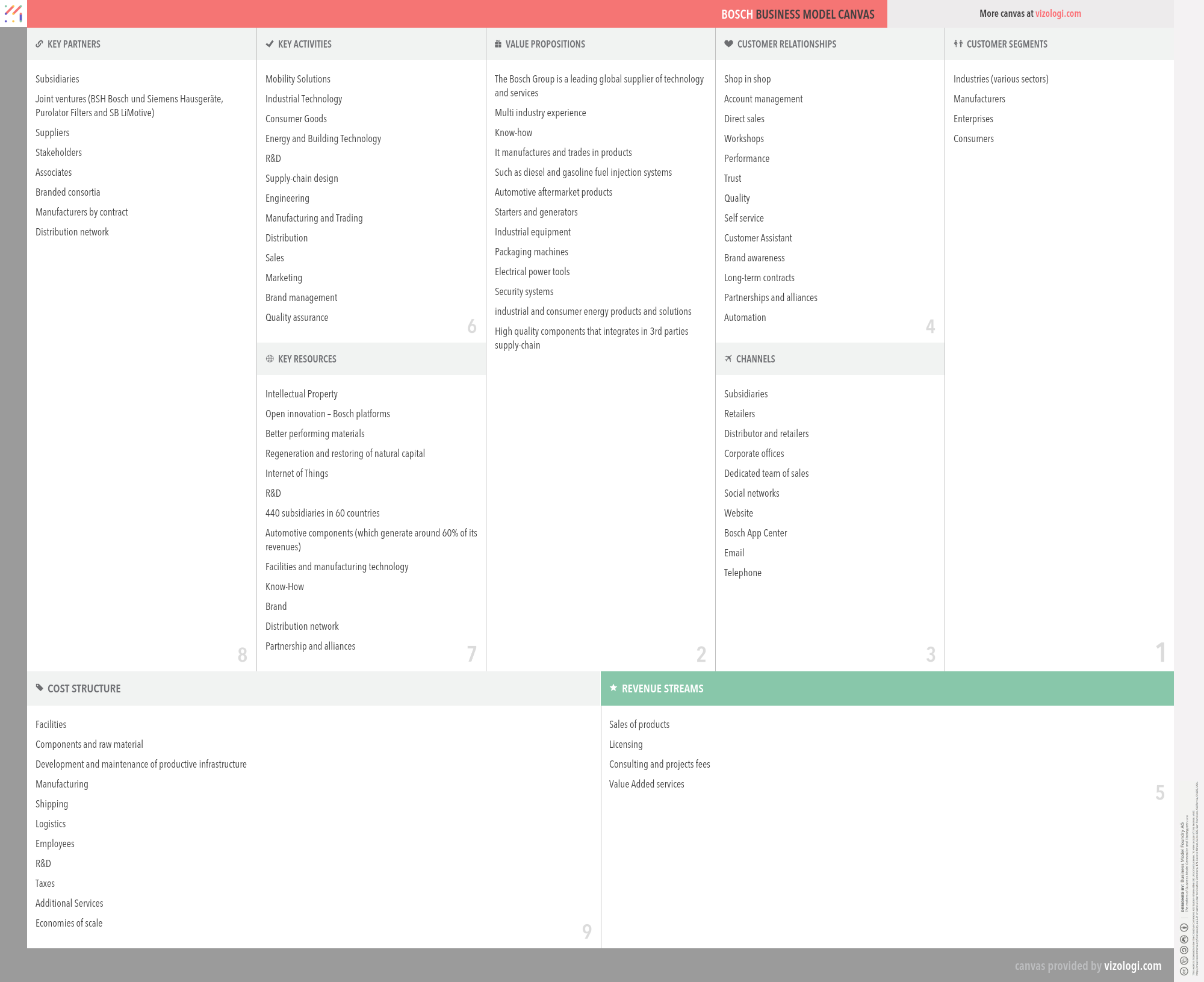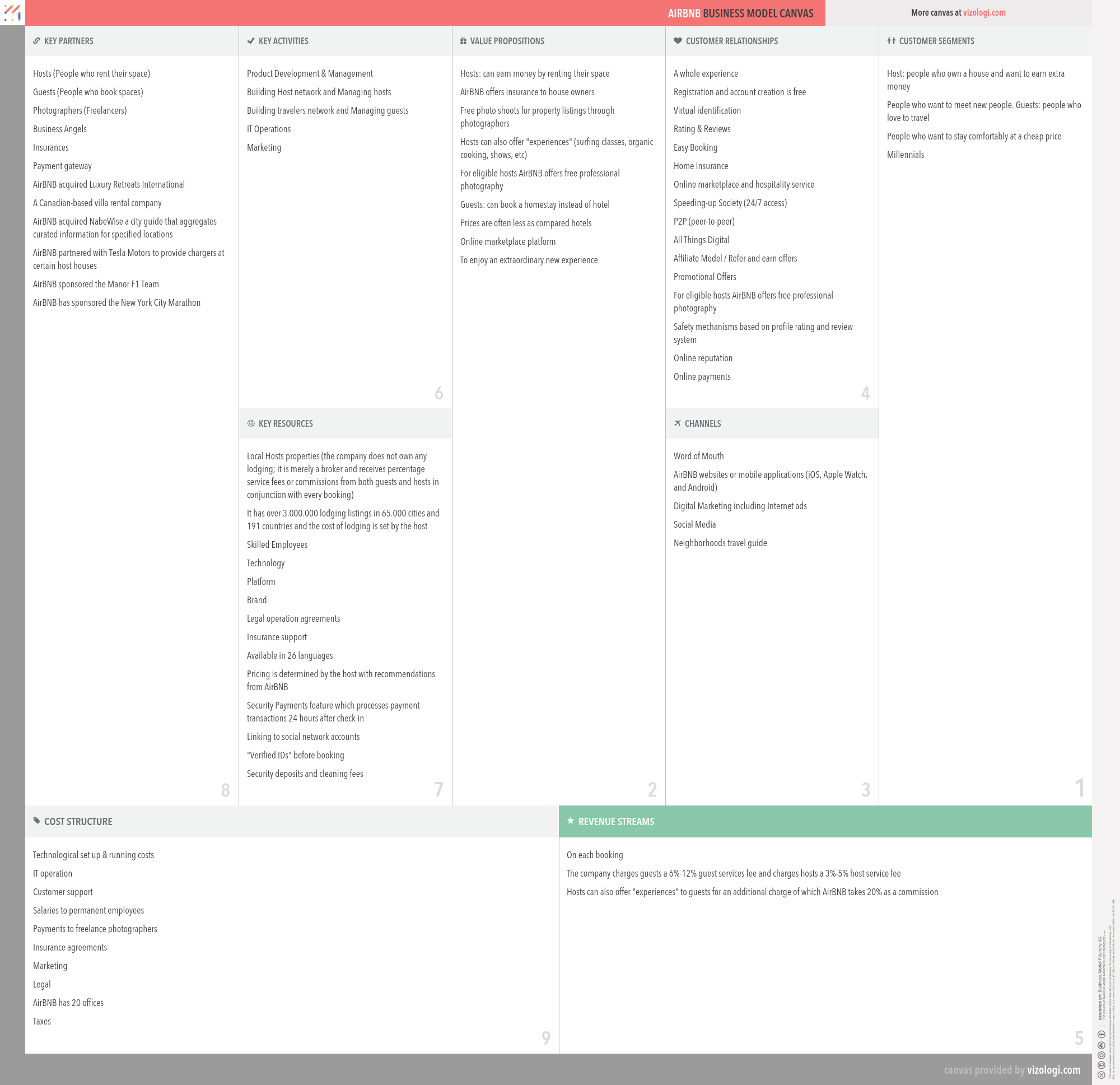Agile thinking – Beyond methodology and best practices
Agile manifesto – Four main principles to follow into this business philosophy.
The Agile Software Development Manifesto, commonly known as the Agile Manifesto, is a deliberately improved expression of the basic values of agile project management. Agile Manifesto has placed a new emphasis on communication and collaboration, functional software, team self-organization and flexibility to adapt to the emerging business reality.
1st/ Individuals and interactions over processes and tools. Iterative product development enables software development to respond to changes in the business environment or market demands. The test-based development as a proven Agile best practice also gives greater employee involvement, as it transforms the tests from boring shredding to coding.
2nd/ Working software over comprehensive documentation. The actual content of the models – requirements, analysis, architecture or design – should be kept as simple as possible while meeting the needs of the project stakeholders.
3rd/ Customer collaboration over contract negotiation. For agile projects to succeed, stakeholders need to be involved, providing regular feedback and support to the design team and product owner.
4th/ Responding to change over following a plan. Agile applies an adaptive approach where there is no detailed planning and where there is clarity about future tasks only regarding what features to develop.
Agile environment – Why Agile methodology?
One of the toughest and most problem-sensitive aspects of agile product development is to discover the right product requirements to deliver them to the right customer at the right time and for the right customer and to fine-tune them to delivery.
Agile is a response to the failure of dominant paradigms of managing software development projects (including the waterfall) and lends many of the principles of lean production.
Agile methodology has become the basis of the software development industry due to its fast development capabilities, iterative workflow, and increased teamwork dynamics.
Agile software development is often implemented as a bottom-up effort in organizations by development teams that strive to optimize development processes and ensure coherence in the software development cycle.
Understanding agile and cost-effective methods in a context increase the chances of successful adoptions and identify areas where new methods should be developed or changed according to other disciplines.
Agile project management is focused on continuous improvement, the flexibility of scope, teamwork, and delivery of quality products.
The most popular and successful way of creating a product backlog using Scrum’s methodology is to supplement it with user stories that are short descriptions of the functionality described from the perspective of the user or the client.
The Burndown charts show the amount of work remaining to be done in a sprint or version, and are a useful tool in the development of Scrum software to determine whether the sprint or release is on schedule, so that all planned work is completed at the desired time.
Agile process – How Agile methodology works?
In Agile projects, agile project management takes a slightly different form, relying much more on the project manager’s communication, facilitation, coordination and less emphasis on planning and control.
Collaboration and visibility can provide teams with a more productive and more satisfying experience in the development of excellent software products.
Agile software development is supported by a number of specific practices that cover areas such as requirements, design, modeling, coding, coding, testing, planning, risk management, process, quality, etc. Agile software development is also supported by a number of specific practices that are relevant to the application.
It leads from the conceptual and ideological phase to continuous integration and implementation, emphasizing best practice and effective planning.
You can subdivide Agile into 1) management and customer service practices that relate to agile analysis of requirements, project planning, and management, and 2) developers’ practices that relate to efficient code work.
In the agile world of Scrum, rather than providing exhaustive, detailed descriptions of how everything is to be done in a project, many of them are left to Scrum’s programming team.
The Agile methodology puts more emphasis on teamwork, customer collaboration, responsiveness to change and delivery of running software.
Agile teams follow the success and speed of the development process instead of waiting until the delivery phase to measure success. They follow the success and speed of the development process instead of waiting until the delivery phase to measure success.
Agile development – What Agile software development?
Agile is an iterative and adaptive process in which small, highly collaborative teams work in a series of short cycles, including rapid feedback to provide emerging solutions, emphasizing transparency among all stakeholders.
Agile software development is often implemented as a bottom-up effort in organizations by development teams that strive to optimize development processes and ensure coherence in the software development cycle.
The most popular methods of Agile are: Rational Unified Process (1994), Scrum (1995), Crystal Clear, Extreme Programming (1996), Adaptive Software Development, Development of Properties and Dynamic System Development (DSDM) Method (1995).
DSDM is probably a complete agile methodology, while Scrum and XP are more accessible to deploy and complementary as they deal with different aspects of software development projects and both are based on very similar concepts.
The Agile SDLC is a combination of iterative and incremental process models with an emphasis on process adaptability and customer satisfaction through fast delivery of running software.
Agile is based on adaptive programming methods, while traditional SDLC models such as the waterfall model are based on predictive approaches.
You do not optimize your programming skills, but rather learn in an amusing way how the useful application of agile methods can help your team to continuously improve, transform errors into opportunities and generate real added value.
Programming agile determines the time (duration of the process), quality, and preferably resources in advance (although maintaining stable resources can be difficult if programmers are often withdrawn from tasks to handle production incidents), while the range remains variable.
When agile software development is used in a dispersed environment (complexes scattered across multiple business locations), it is commonly referred to as Agile distributed development.
At the beginning of the agile project, it will be necessary to carry out the preliminary, high-level architectural modeling in order to define a real technical strategy for a given solution. Traditional software development has been based on phases such as requirement setting, planning, design, design, construction, construction, testing, and delivery.
Agile software development is supported by a number of specific practices that cover areas such as requirements, design, modeling, coding, coding, testing, planning, risk management, process, quality, etc. Agile software development is also supported by a number of specific practices that are relevant to the application.
Programming agile determines the time (duration of the process), quality, and preferably resources in advance (although maintaining stable resources can be difficult if programmers are often withdrawn from tasks to handle production incidents), while the range remains variable.
An effective developer will need some models in an intellectual toolkit that will enable him to apply the right model in the most appropriate way for a given situation.
Everything, from version management tools to automatic test software, is created as a “DevOps necessity for a future-proof enterprise.”
Agile software development methods are widely used to develop software products, and some of them use certain software features such as object-based technologies.
Examples of succesful companies that are developing Agile Methodologies.
The Technical Product Development Institute, based in the Faculty of Aviation Engineering of the Munich Federal Armed Forces University, focuses on three main areas of research: model-based systems engineering, product uncertainty and volatility, and methodical product development.
Stephan Wohlfahrt, after many years of working at Bosch Business Sector Mobility Solutions with experience in managing large international product and organizational projects and following Bosch guidelines, joined the Corporate Project Management team at the end of 2015.
Bosch business model canvas (click the image to enlarge).
The Scrum Alliance has published a new newsletter entitled “Coaching is Key for Scrum Success”, which describes some of the problems faced by organizations implementing Scrum, how Scrum coaching can help and what to look for in Scrum trainers.
Other examples of big companies that use Agile methodologies are Amazon, Microsoft, Google, or Airbnb between others. In this link you will find more than 1000 different business models.
Amazon business model canvas (click the image to enlarge).
Microsoft business model canvas (click the image to enlarge).
Google business model canvas (click the image to enlarge).
Airbnb business model canvas (click the image to enlarge).
Who uses agile project management
Agile PEP Minds is the only business event for R & D process owners that aims to integrate agile principles into physical product development processes.
It brings decades of personal experience, lessons from systemic thinking, a wide range of Agile development methods and recognition of individual and team dynamics.
The encoding community is based on the implementation of a social architecture to provide opportunities for data exchange, structured data and communities to collaborate in developing and delivering software applications.
The product owner is responsible for prioritizing the backlogs during the development of Scrum to make sure that it is up to parity, as more information about the construction of the system, its users, the team and so on.
Data specialists find this interesting, as it shows how efficient modeling and efficient database techniques are part of the overall process of providing solutions.
Agile mentors are not responsible for product development but should be experienced in applying agile realities and have knowledge of many agile approaches and techniques.
Existing agile creators find this interesting because it shows how to extend a strategy based on Scrum and Kanban to ensure a coherent, comprehensive and streamlined delivery process.
Scrum trainers help streamline the agile transformation by providing an external perspective on the organization to eliminate internal prejudices and relieve product line managers from the burden of providing guidance and management for Scrum implementation.
Or maybe you can also take advantage of the existing enterprise requirements model, business process models, physical data models or even models of how systems are now being implemented in your user community.
Agile Marketers follows a process called Scrum, which aims to increase compliance with the business goals of sales organizations and sales employees, improve communication both inside and outside the marketing team, as well as increase the speed and speed of the marketing response.
Speakers and break-out sessions cover essential topics such as storyboarding and working with Agile principles, fundamental such issues as retrospectivity and backlog management, as well as progressive topics such as Agile Fluency and OpenSpace Agility.
Tricia Broderick, focusing on facilitating the development of high-performance development environments, brings seventeen years of experience, including the last seven years of working in agile thinking.
Agile Cincinnati’s community includes Agile Newbies into Agile Aficionados, which provides for executives, managers, programmers, programmers, programmers, trainers, trainers, analysts, entrepreneurs, architects and all Agile roles.

Vizologi is a revolutionary AI-generated business strategy tool that offers its users access to advanced features to create and refine start-up ideas quickly.
It generates limitless business ideas, gains insights on markets and competitors, and automates business plan creation.








